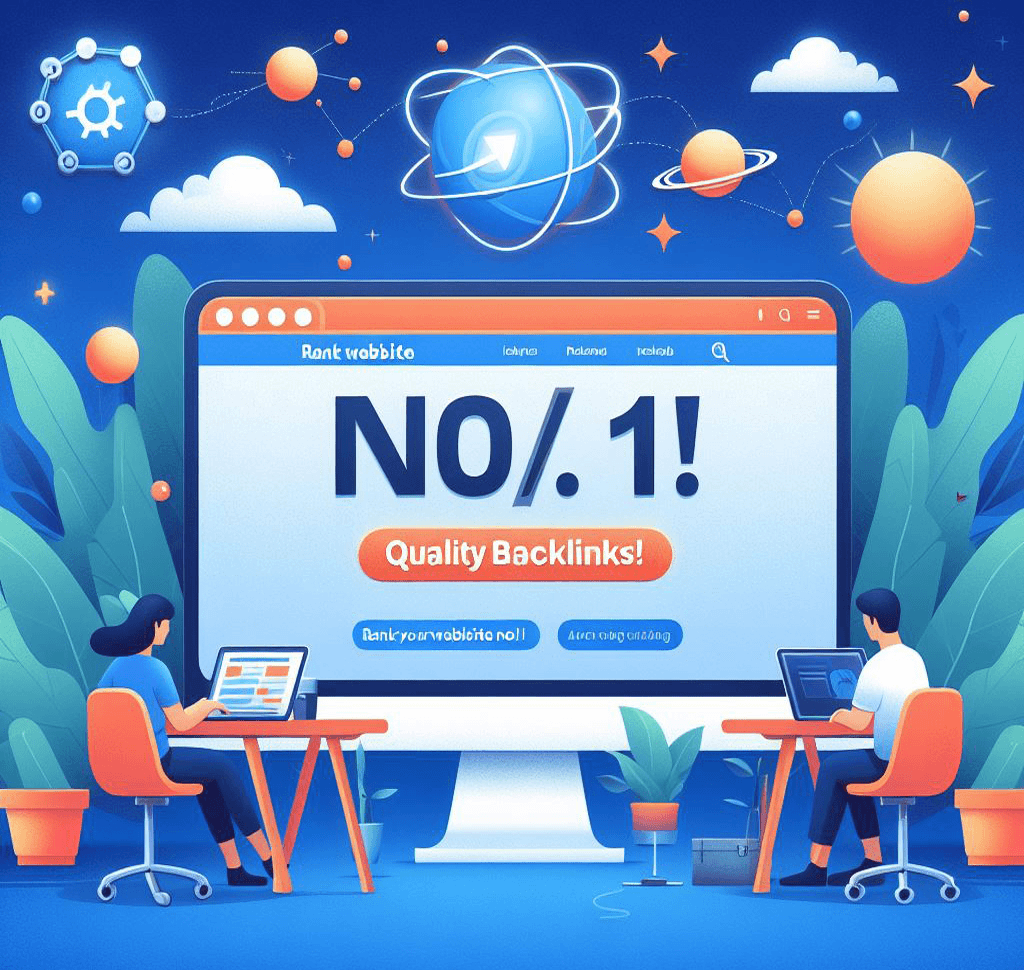As technology continues to evolve at a rapid pace, so does the demand for skilled software programmers. Whether you’re a seasoned developer or just starting out, staying up-to-date with the latest programming languages is essential to remain competitive in the industry. In this article, we will explore the top 10 software programming languages that are predicted to dominate the field in 2024.
1. Python
Python has been gaining popularity in recent years and shows no signs of slowing down. Known for its simplicity and readability, Python is often the language of choice for beginners. It is widely used in web development, data analysis, artificial intelligence, and machine learning. With its extensive libraries and frameworks, Python is a versatile language that can handle various tasks efficiently.
2. JavaScript
JavaScript is the backbone of web development, making it an essential language to learn. It allows developers to create interactive and dynamic web pages, making the user experience more engaging. JavaScript is also used in server-side development with frameworks like Node.js. With the rise of front-end frameworks like React and Angular, JavaScript continues to be in high demand.
3. Java
Java has been a staple in the programming world for decades and is still widely used today. It is known for its platform independence, making it suitable for developing applications that can run on different operating systems. Java is used in a wide range of applications, from mobile development to enterprise-level software. Its robustness and scalability make it a popular choice for large-scale projects.
4. C#
C# (pronounced C-sharp) is a programming language developed by Microsoft and is primarily used for developing Windows applications and games. It is also widely used in Unity, a popular game development engine. C# is known for its simplicity, object-oriented nature, and integration with the .NET framework. With the growth of the gaming industry and the demand for Windows applications, C# remains a valuable skill to have.
5. Swift
Swift is the programming language used for developing iOS and macOS applications. Introduced by Apple in 2014, Swift has gained popularity among developers due to its simplicity and safety features. With the continuous growth of the Apple ecosystem, learning Swift can open up opportunities in mobile app development and software engineering for Apple devices.
6. Go
Go, also known as Golang, is a relatively new programming language developed by Google. It is designed to be simple, efficient, and scalable, making it ideal for building robust and high-performance applications. Go is commonly used in cloud computing, networking, and distributed systems. As more companies adopt Go for their infrastructure needs, the demand for Go developers is expected to rise.
7. Rust
Rust is a systems programming language that focuses on safety, speed, and concurrency. Developed by Mozilla, Rust is gaining popularity for its ability to write safe and efficient code. It is often used in performance-critical applications, such as web browsers and operating systems. Rust’s unique features, like ownership and borrowing, make it a powerful language for preventing common programming errors.
8. Kotlin
Kotlin is a modern programming language that runs on the Java Virtual Machine (JVM). It is fully interoperable with Java, making it easy to integrate into existing Java projects. Kotlin is widely used in Android app development and offers many advantages over Java, such as null safety and concise syntax. With Google officially supporting Kotlin for Android development, its popularity is expected to grow.
9. TypeScript
TypeScript is a superset of JavaScript that adds static typing to the language. It provides developers with the benefits of type checking and better tooling support. TypeScript is widely used in large-scale JavaScript applications and is the preferred language for frameworks like Angular. As more companies adopt TypeScript for its scalability and maintainability, the demand for TypeScript developers is on the rise.
10. Ruby
Ruby is a dynamic, object-oriented programming language known for its simplicity and readability. It is often used in web development with frameworks like Ruby on Rails. Ruby’s focus on developer happiness and productivity has made it a popular choice for startups and small-scale projects. While its popularity may have slightly declined in recent years, Ruby continues to have a strong community and loyal following.
As the software development landscape evolves, so do the programming languages that power it. While the top programming languages may change over time, mastering the fundamentals and staying adaptable will always be crucial for success in the field. Whether you choose to specialize in one language or explore multiple, continuous learning and practice will be key to staying ahead in the ever-changing world of software programming.



